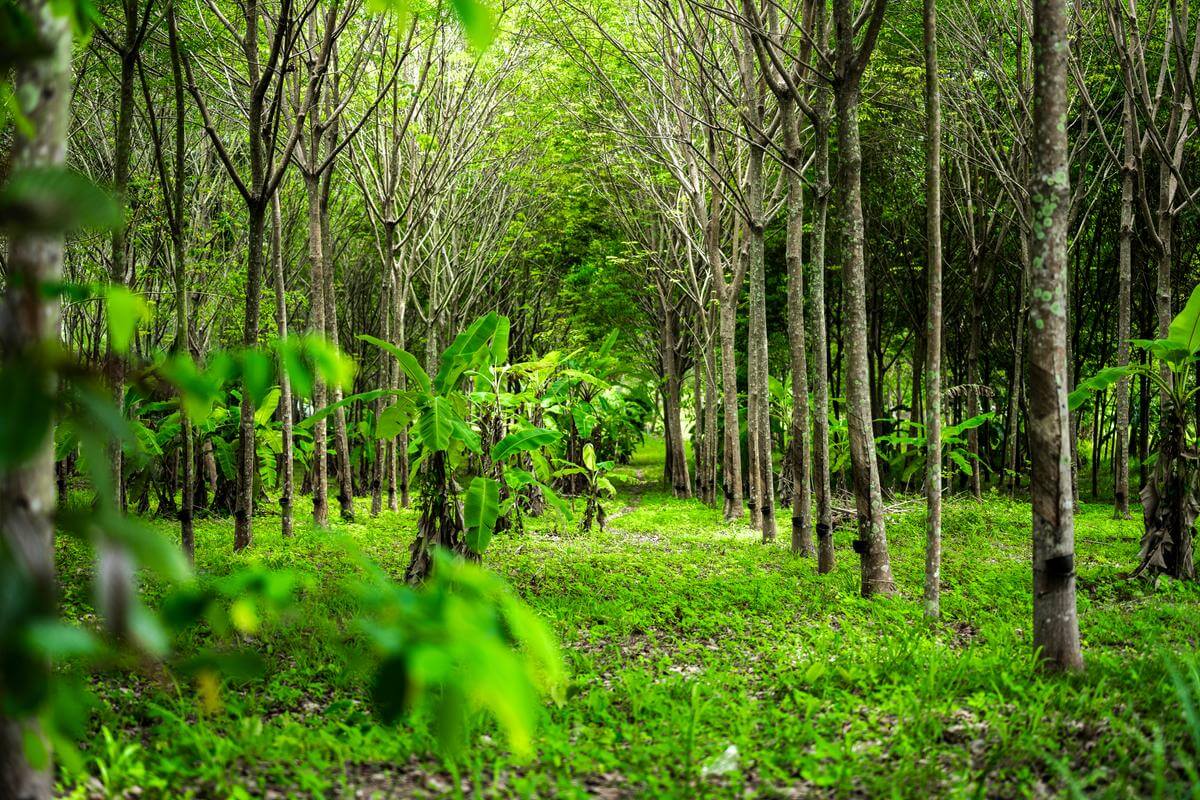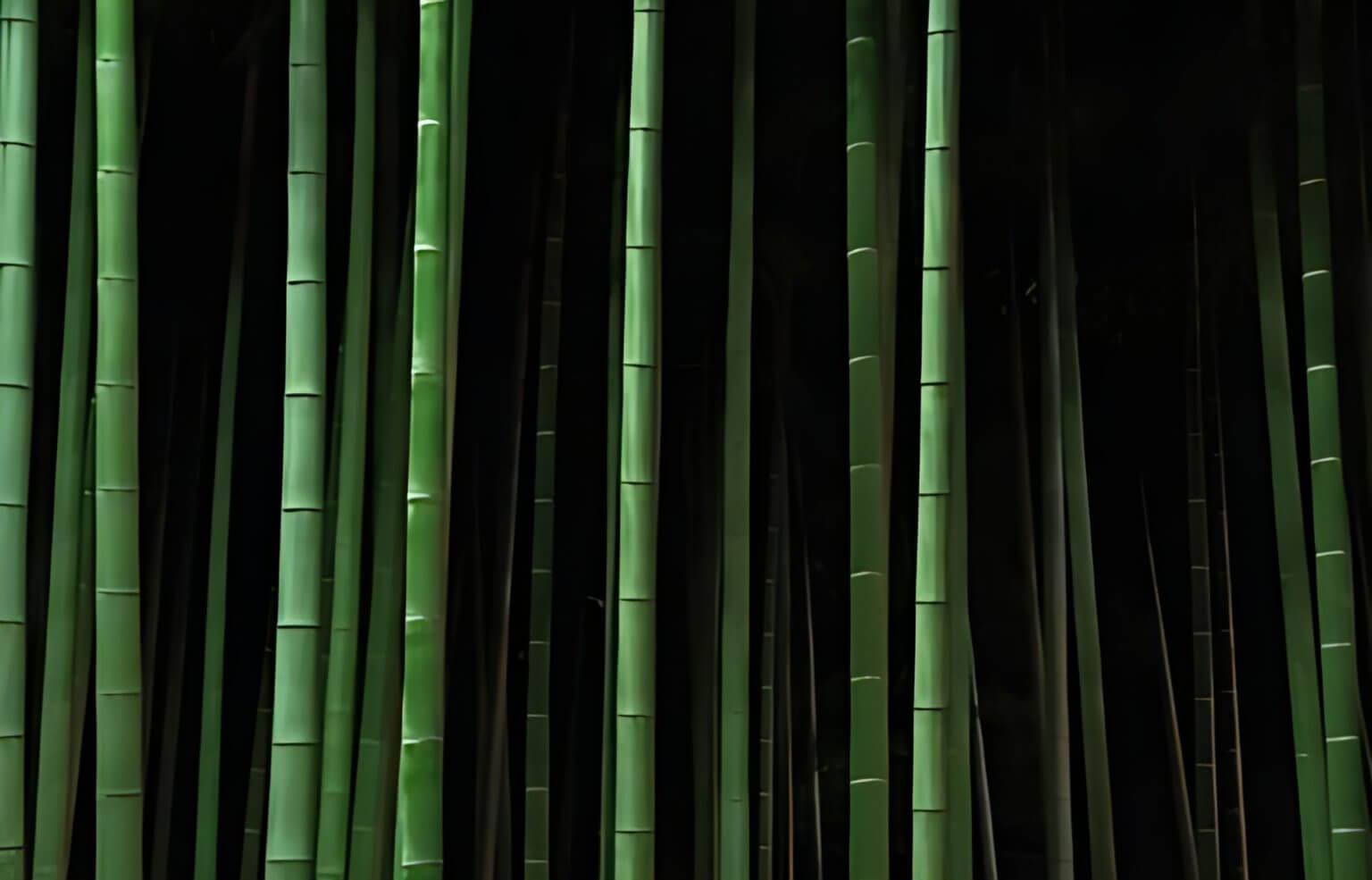In the realm of forestry and timber industries, rubberwood has successfully carved its name as one of the most environmentally friendly wood types available. Originating from rubber trees that have reached the end of their latex production cycle, these trees are transformed into high-quality timber, offering an array of benefits.
Benefits of Rubberwood
Rubberwood, often referred to as parawood or plantation hardwood, boasts dense fibers that can be meticulously controlled during the kiln drying process. This characteristic imparts relative hardness to the wood, making it resistant to wear and tear, thereby rendering it ideal for furniture and flooring. Its versatility and ease of machining further underscore its quality.

Sustainability of Rubberwood as a Resource
Indeed, the benefits of rubberwood are commendable, particularly when considering its sustainability. As a byproduct of the rubber industry, utilizing this wood ensures the maximization of tree utility, minimizing waste.
Characteristics of Rubberwood
- Texture and Color: Exhibiting a smooth texture and a range of colors from light to medium shades.
- Strength: Classified as a hardwood, slightly softer than counterparts like oak, but still remarkably durable.
- Environmental Properties: Rubber trees primarily serve for latex production. Utilizing timber from trees beyond their productive phase reduces waste and repurposes available resources.
Rubberwood’s Sustainability for the Environment
Rubberwood serves as a testament to the benefits of rubberwood in sustainability within the forestry sector. When rubber trees no longer produce latex, converting them into timber promotes efficient resource utilization. This practice contributes to forest preservation by reducing excessive deforestation for wood.
Water Absorption of Rubberwood
Like many hardwoods, the benefits of rubberwood may absorb water if left untreated. Nevertheless, with proper treatments and finishes, its resistance to moisture significantly improves, making it a suitable choice for indoor furniture.
The Significance of Rubberwood in the Age of Sustainability
Amidst growing demand for sustainable solutions, rubberwood represents responsible forestry. Its dual functionality – first as a latex source and later as timber – embodies efficiency. Moreover, it contributes to economies, especially in countries with abundant rubber plantations.
Advantages of Rubber and Rubber-Based Materials
Rubber, as a material, boasts flexibility, durability, and water resistance. Applied across various sectors, from tires to footwear, seals to adhesives, rubber endures wear, withstands diverse weather conditions, and provides grip, making it invaluable in numerous industries.
Rubberwood vs Bamboo: A Complex Choice
While both rubberwood and bamboo have their merits, the choice between them is nuanced. Rubberwood excels in durability and sustainability, whereas bamboo’s rapid growth, frequent harvest cycles, and natural antibacterial properties are notable. The selection often hinges on specific use-cases and aesthetic preferences.
The Historical Adoption of Rubberwood
The integration of this wood into the timber industry is a relatively modern practice. Historically, discarded or used solely for fuel after latex production ceased, these trees gained significance by the mid-20th century. Environmental concerns and escalating demand for sustainable wood redirected focus to rubber plantations. Trees once considered expendable suddenly held value for both latex and timber.
The Rubberwood Production Process
The transformation from tree to timber follows a meticulous process:
- Harvesting: When rubber trees are no longer viable for latex extraction, they’re earmarked for felling, then chopped and segmented.
- Processing: The segmented logs undergo kiln drying to reduce moisture content, minimizing warping and fungal growth.
- Milling: After drying, the wood is milled into desired shapes and sizes, ready for commercial use.
Global Utilization of Rubberwood
Rubberwood’s prominence isn’t confined to a single region. While Southeast Asia (mainly Malaysia and Thailand) leads in rubberwood production, its usage spans the world. In Europe and America, it’s lauded as an eco-friendly alternative to traditional hardwoods. Meanwhile, African and South American countries explore its viability due to growing rubber plantations.
Detailed Comparison with Bamboo

- Growth Rate: Bamboo has an advantage, maturing in just 3-5 years, offering rapid renewability. In contrast, rubber trees take about 25-30 years before they’re suitable for timber use.
- Durability: Both materials are durable, with the denser option potentially providing greater resistance against scratches and dents.
- Aesthetics: Bamboo’s distinctive grain pattern can be an advantage or disadvantage, depending on desired aesthetics. In comparison, the smoother texture and consistent color offer a more neutral appearance.
- Environmental Impact: Both materials have their merits. Bamboo’s rapid growth enables more frequent harvesting with minimal environmental impact. Meanwhile, as a byproduct of the rubber industry, it aligns with a zero-waste approach.
Versatility in Design and Production
Rubberwood stands as an inspiring medium for creative minds, showcasing the benefits of rubberwood with remarkable versatility across a broad spectrum of design concepts and manufacturing methodologies. Its adaptability knows no bounds, allowing it to transform everyday objects into extraordinary pieces of functional art.
In the realm of design, the benefits of rubberwood extend an open invitation to explore its endless possibilities. From intricate furniture designs adorned with the skilled carvings of artisans to sleek, modern forms exuding minimalist elegance, the spectrum of creative potential is limited only by one’s imagination. Its inherent ability to hold delicate details, coupled with its inherent strength, offers designers a rare and valuable medium to express intricate ideas and bring them to life in tangible, tactile forms.
The Future of Rubberwood in Sustainable Architecture
In the world of architectural innovation, benefits of rubberwood stand poised to play a pivotal role. Its inherent strength and impressive sustainability profile have captivated the attention of architects and designers alike, positioning it as a frontrunner in the quest for sustainable construction materials. This versatile hardwood not only promises structural integrity but also aligns with the increasing demand for environmentally conscious design solutions. As benefits of rubberwood find its way into the blueprints of sustainable buildings, it ushers in an era where structures harmonize with the environment, fostering a future where aesthetics and ecological responsibility seamlessly coexist.
Navigating Global Market Dynamics
The benefits of rubberwood in the global market are subject to an intricate interplay of influences, orchestrating shifts in prices, demand, and supply. Variables like climatic conditions and trade agreements shape the landscape of commerce. This dynamic market dance highlights the sensitivity of this eco-friendly timber to a multitude of factors, underlining the importance of a comprehensive understanding of its global dynamics.
Rubberwood’s Artistic Voyage
Beyond its pragmatic industrial applications, the benefits of rubberwood embark on an artistic journey that captivates the creative realm. Revered within the art world for its exquisite texture, it opens the door to intricate carvings and expressive artworks that come to life under skilled hands. This transformation from a functional material to an artistic medium showcases the benefits of rubberwood, its ability to transcend its utilitarian origins, becoming a canvas for imaginative minds to evoke emotions, tell stories, and breathe life into their creations.
Local Communities: Stewards of Responsible Rubberwood Production
Local communities stand as guardians of the ethical and responsible benefits of rubberwood production process, embodying a vital role in the journey from tree to timber. Their intimate connection to the land and ancestral knowledge of rubber tree cultivation and harvesting practices contribute to the preservation of best practices, ensuring that each step of the production journey respects the environment and sustains the livelihoods of those involved.
Revolutionizing Processing Techniques: Unlocking Rubberwood’s Potential
The evolution of processing techniques marks a significant milestone in the benefits of rubberwood industry. Modern methodologies are meticulously designed to unlock the full potential of rubberwood while minimizing waste. This transformation from traditional methods to cutting-edge approaches ensures that the inherent qualities, such as durability and versatility, are preserved, ultimately resulting in products that are not only environmentally conscious but also of unparalleled quality.
Conclusion
The journey of rubberwood mirrors the global shift toward sustainability. As the benefits of rubberwood become recognized, its future appears promising. Delve deeper into the world of rubberwood at Ratimdo Utama for a more profound insight.
https://ratimdo.com/blog/rubberwood-panels-interior-design-trends/



